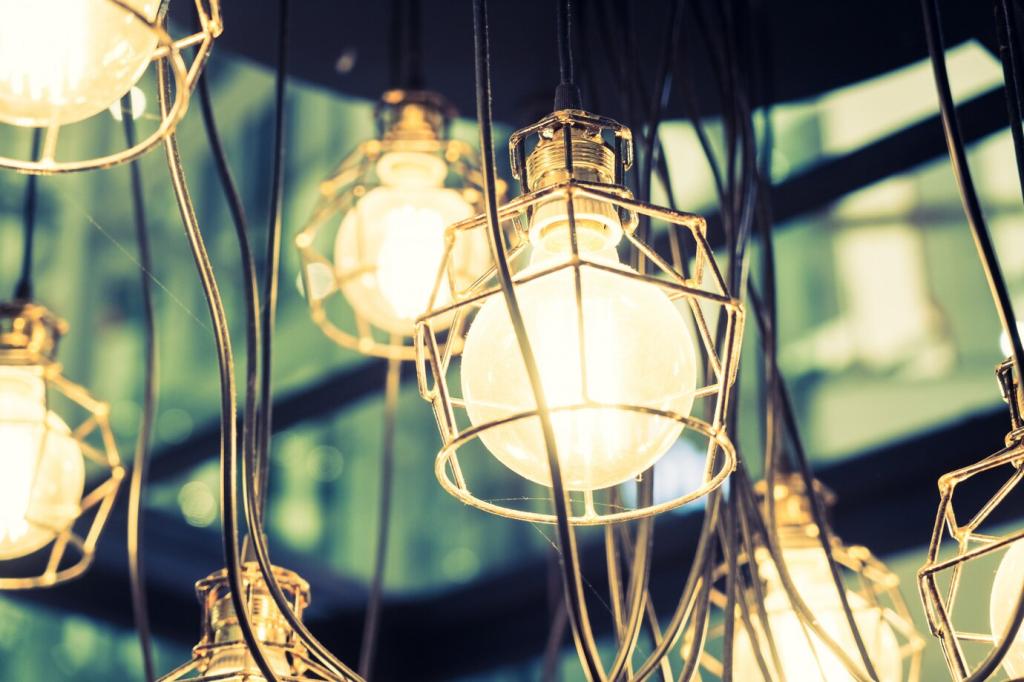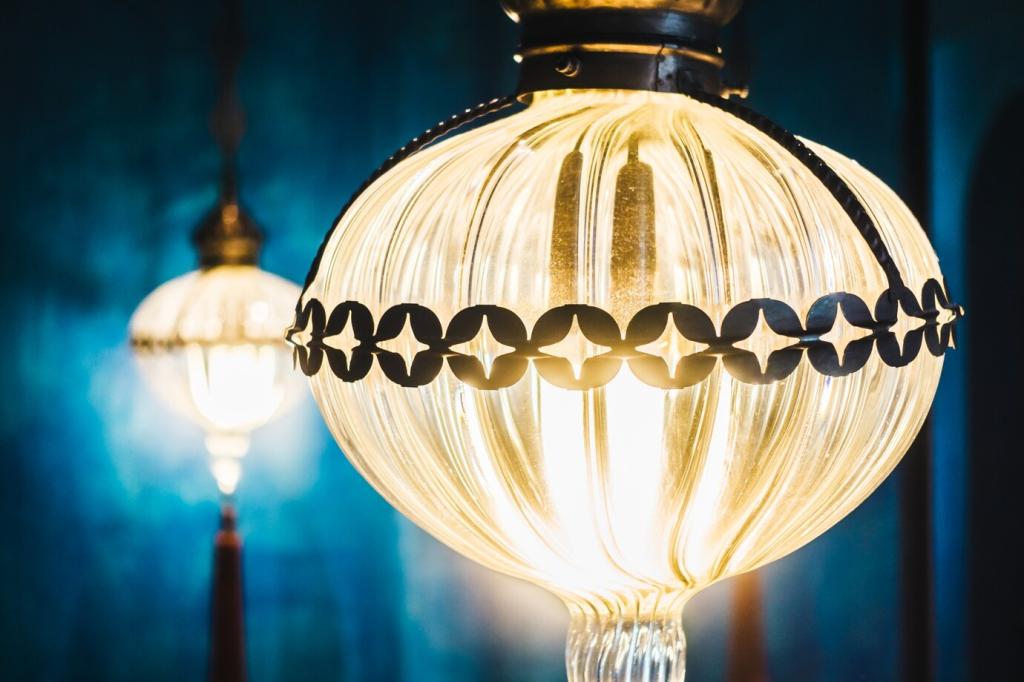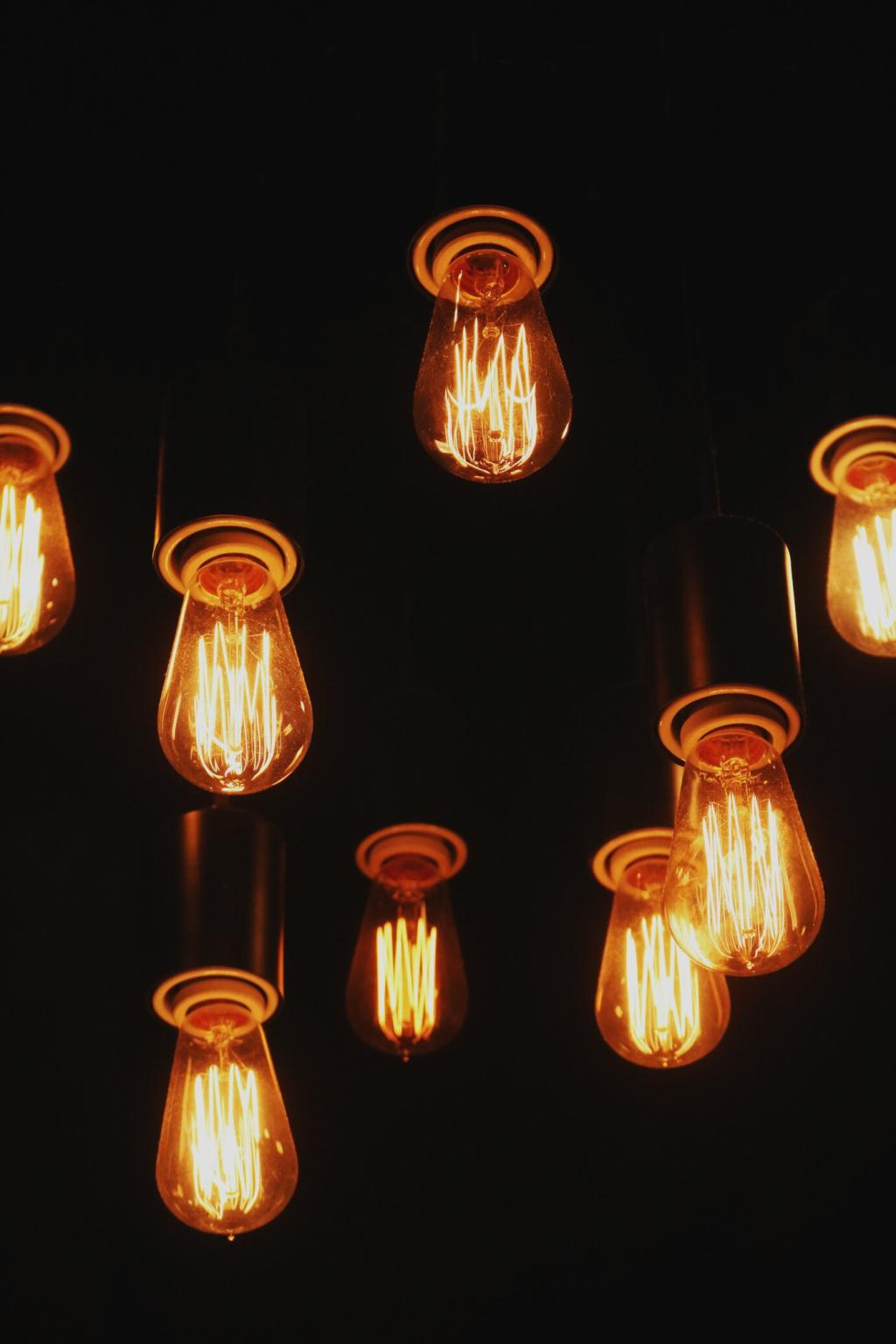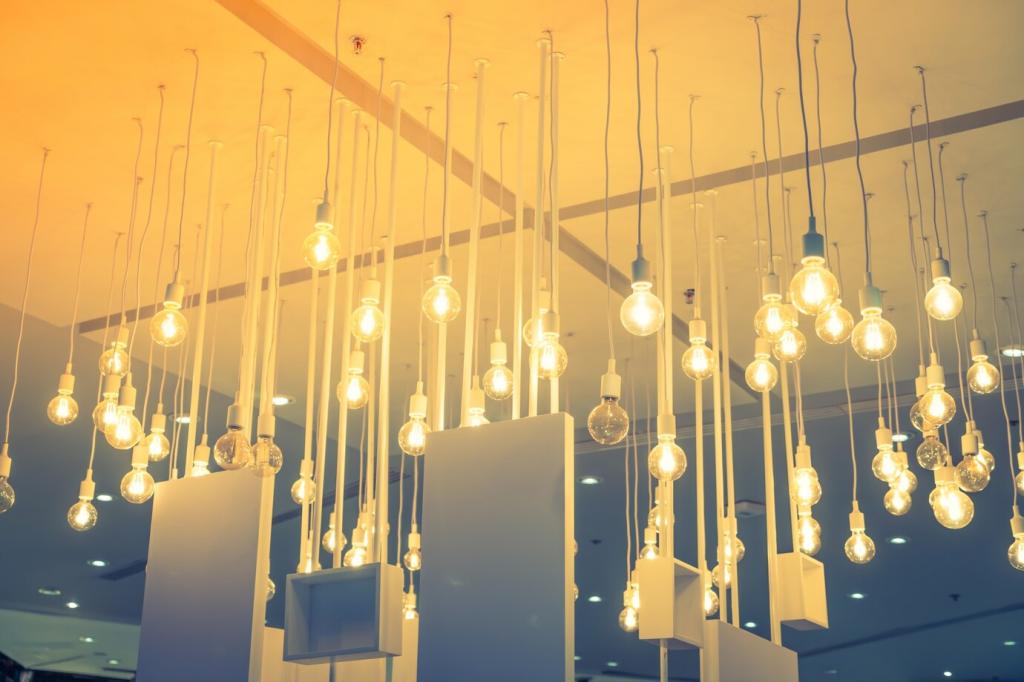
Sustainable Lighting Design Trends for Eco-Friendly Homes
Sustainable lighting is redefining how we illuminate our living spaces, blending environmental responsibility with innovative aesthetics. Eco-friendly lighting trends not only reduce energy consumption and carbon emissions but also enhance interior ambiance and well-being. As more homeowners look for ways to make their houses greener and more cost-efficient, sustainable lighting solutions are leading the way by offering a blend of technology, design, and environmental stewardship. In this guide, discover the latest lighting design trends that prioritize both the planet and your personal comfort.
The widespread adoption of LED technology is revolutionizing home lighting by using up to 80% less energy compared to traditional incandescent bulbs. LEDs have a significantly longer lifespan, reducing the frequency of replacement and the associated waste. Beyond efficiency, these bulbs offer a wide range of color temperatures and dimmable options, allowing for customized ambiance in every room. By making the switch, households dramatically lower their energy bills while promoting environmental health through reduced demand on power grids.
Energy-Efficient Lighting Solutions
Recycled and Upcycled Designs
Lighting fixtures crafted from recycled or upcycled materials give new life to discarded objects, transforming them into functional art. Designers are using materials such as reclaimed metals, recycled glass, and even repurposed wood to produce unique, sustainable lighting options. This approach reduces landfill waste and the use of virgin resources, while offering one-of-a-kind pieces that tell a story. Upcycled fixtures challenge traditional notions of luxury, proving that high-end design can be achieved with minimal environmental impact.
Sustainable Natural Materials
Natural materials like bamboo, cork, and rattan are making a comeback in lighting design, prized for their renewability and low environmental footprint. These materials grow quickly, require minimal chemical processing, and decompose naturally, making them excellent choices for eco-friendly interiors. Handcrafted lights made from such substances introduce organic textures into a space, reflecting a commitment to both style and sustainability. Their use supports responsible forestry and often provides social benefits to artisan communities as well.
Low-Impact Manufacturing Practices
The production process of lighting fixtures can be as important as the materials themselves. A trend towards low-impact manufacturing includes using water-based adhesives, non-toxic finishes, and energy-efficient production methods. Brands adopting these practices prioritize reducing harmful emissions and conserving resources throughout their supply chains. Consumers benefit by knowing their lighting choices align with holistic eco-friendly values, from factory floor to final installation in the home.

Architects and designers are carefully considering window orientation and size to optimize daylight penetration in homes. South-facing windows in the northern hemisphere, for example, capture the most consistent natural light throughout the day. By strategically placing and sizing windows, homes can rely less on artificial lighting and more on the sun’s rays to illuminate workspaces, living areas, and kitchens. This focus on natural illumination reduces electricity use and fosters a healthier indoor environment.

Technologies such as skylights and light tubes are increasingly employed to bring sunlight into otherwise dark or windowless spaces. Skylights can transform bathrooms, hallways, and attics by infusing them with soft, diffuse daylight. Light tubes channel natural light from rooftops into interior rooms, delivering brightness while maintaining privacy and insulation. These features decrease dependence on electric lighting during daylight hours and contribute to a more sustainable, inviting home atmosphere.

Advances in smart home technology enable automated control of shades, blinds, and curtains to regulate the entry of sunlight. Such systems can be programmed to respond to the time of day, occupancy, and even weather conditions, ensuring optimal light exposure and reducing the need for artificial illumination. These controls also help maintain consistent indoor temperatures, indirectly conserving energy by reducing cooling and heating demands, and thus furthering the goal of sustainable living.
